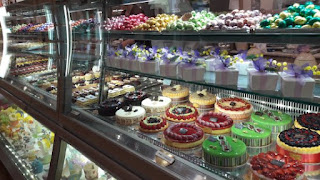Former MasterChef Italia judge has won six Michelin stars
 |
| Carlo Cracco learned his craft under renowned chef Gualtiero Marchesi |
During his career as a chef, which began in earnest when he began working for the renowned Gualtiero Marchesi in Milan in 1986, Cracco has been awarded a total of six Michelin stars.
He has also enjoyed a successful career in television. Between 2011 and 2017 he was a judge on MasterChef Italia and he fronted Hell’s Kitchen Italia from 2014 to 2018. Among other shows in which he participated was Cracco Confidential, a 2018 documentary about a year in his life.
The son of a railway worker, Cracco obtained a diploma in hospitality from the Pellegrino Artusi hotel institute in Recoaro Terme, while working at the Da Remo restaurant in Vicenza.
From there he joined the kitchen of Gualtiero Marchesi at his eponymous restaurant in Via Bonvesin de la Riva in Milan.
The experience was a real baptism of fire. Marchesi is regarded as the Godfather of modern Italian cuisine and his restaurant in the Porta Venezia district of central Milan was the first in Italy to be awarded three Michelin stars.
To expand his knowledge, Cracco spent some time in France, working with leading chefs Alain Ducasse at the Hotel de Paris in Monte Carlo, and Alain Senderins at the Lucas Carlton in Paris.
 |
| Cracco's flagship restaurant can be found in Galleria Vittorio Emanuele II |
From there, he decided to go it alone. After his first venture, Le Clivie at Piobesi d'Alba, southwest of Asti in Piedmont, had earned him another Michelin star, he returned to Milan, where he agreed a deal with the owners of Peck, the luxury food emporium, to open a restaurant called Peck-Cracco.
It was awarded two Michelin stars, soon becoming known simply as ‘Cracco’. He would remain there for 17 years before relocating to new premises within the Galleria Vittorio Emanuele II, the glass-domed 19th century shopping arcade that links Piazza del Duomo with Piazza della Scala.
Also in Milan, Cracco opened Carlo e Camilla in Segheria, a bistro that takes its name from a disused sawmill, in the Navigli area. In November 2016 he opened his first restaurant outside Italy, OVO by Carlo Cracco, located in Moscow inside the Hotel Lotte.
His Portofino restaurant, Cracco Portofino, opened in 2021 in what was previously the Ristorante Il Pitosforo, directly opposite the harbour. His first London venture - Terra Cracco - within the Eataly food store in Bishopsgate, London is due to open in October, 2024.
 |
| From 2014 to 2018, Cracco fronted the reality TV show Hell's Kitchen Italia |
His Russian Salad, meanwhile, comes caramelised, a crisp nugget of peas, carrot and beans with a creamy mayonnaise centre within its sugar shell.
Another of Cracco’s signature creations is his marinated egg yolk in salt and sugar, which can be rolled out into pasta without the addition of flour or water.
Not all of his inventions have met with universal approval. His 'healthy' pizza with a grain base was mocked by traditionalists, particularly in Naples, while the town of Amatrice in Lazio disapproved of his addition of garlic to their trademark amatriciana pasta sauce, which is made simply with guanciale (pig’s cheek), tomatoes, pecorino cheese and black pepper.
However, Cracco successfully sued a newspaper in Verona over comments made by its editor following a dinner to celebrate the 50th anniversary of the city’s annual wine festival, where 400 guests were served with a meal cooked by the chef and his team.
 |
| The Villa Masiero-Pegoraro-Monti is one of a several elegant villas in the hills around Creazzo |
Creazzo, where Carlo Cracco was born, has been inhabited since Rome times and perhaps earlier. Situated about 7km (4 miles) west of the city of Vicenza, it has a historical significance because of the Battle of Creazzo in 1513, which was part of the larger conflict between the Republic of Venice and the combined forces of Spain and the Holy Roman Empire, which highlighted the town’s strategic importance. The town came under Venetian rule and the influence of Venetian architecture and culture can still be seen in the town’s buildings and traditions. In an area of fertile land, Creazzo is known for the production of figs, cheese and a variety of broccoli called Broccoli fiolaro di Creazzo. As well as an elegant centre, the hills around Creazzo are also distinguished by a series of elegant villas including the 18th-century Villa Fadinelli-Suppiej, or Villa dei Veneziani; the Villa Legrenzi, also known as Villa del Sole; and the Villa Masiero-Pegoraro-Monti.
 |
| The Navigli district is one of the most popular areas of Milan for restaurants and night life |
The Navigli district, where Cracco opened the Carlo e Camilla in Segheria bistro, is an area to the southwest of central Milan that originally consisted of five canals used for commercial transport in the city that date back to the Middle Ages. Their importance declined in the last century and only two - Naviglio Grande and Naviglio Pavese - still exist. Once a poor neighbourhood, the Navigli is now very popular for the restaurants and bars that line the two waterways and is often thronged with young Milanese in the evenings. What is reputed to be Milan’s best flea and antiques market is held on the last Sunday of the month, with almost two kilometres (one and a quarter miles) of stalls lining the Naviglio Grande. The area still has some examples of palazzi di ringhiera - tenement buildings with shared balconies - which were once typical of the city.
Also on this day:
1551: The birth of composer Giulio Caccini
1881: The birth of Mona Lisa thief Vincenzo Perrugia
1957: The birth of footballer Antonio Cabrini


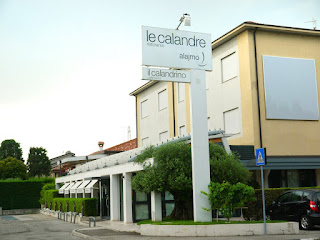


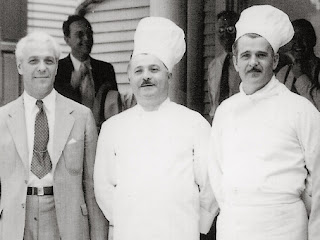
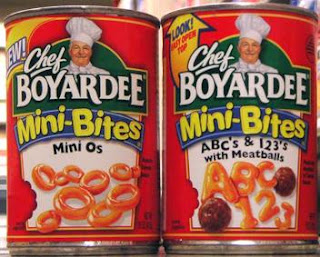



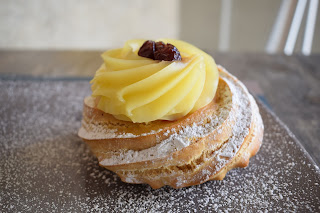
.jpg)
